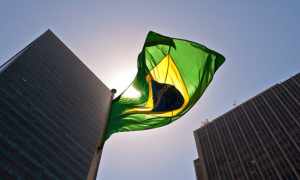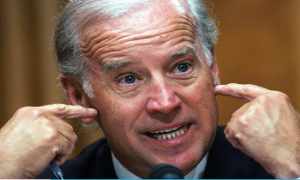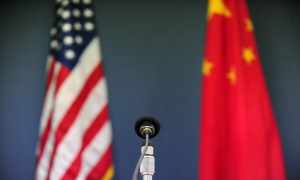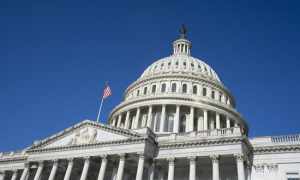学者批美国政府:抹黑中国容易 后果不敢想象
斯蒂芬·罗奇认为,今天美国对中国的攻击力度已经远远超出了30年前对日本的打压。
Back then, the US manufacturing sector was experiencing its first taste of pressures on jobs and real wages that could be traced to a sharply widening trade deficit. A mercantilist Japan, fixated on suppressing the value of the yen and accounting for about 42% of the total US merchandise trade deficit in the first half of the 1980s, was the culprit.
当时,美国制造业首次感受到就业和工资的压力,这可以追溯到贸易赤字的急剧扩大。而重商主义的日本是罪魁祸首,他们执着于压低日元汇率,占上世纪80年代初美国商品贸易逆差总额的42%左右。
This led to the so-called Plaza Accord of 1985, when the so-called G-5 coalition of leading industrial nations put Japan in a straight-jacket of currency appreciation that led to asset bubbles and a string of lost decades of economic stagnation and deflation.
这导致了1985年所谓的“广场协议”,当时五大工业国联盟联合干预外汇市场将日本置于货币升值中,从而使日本陷入资产泡沫和持续几十年的经济停滞和通货紧缩。
大家都在看
2024-11-22 09:56:55
2024-11-22 10:06:20
2024-11-21 10:24:15
2024-11-21 10:13:52
2024-11-20 09:45:53
2024-11-20 09:34:44
2024-11-18 13:29:04
2024-11-18 13:36:26
2024-11-15 09:42:12
2024-11-15 09:39:10
2024-11-14 10:29:55
2024-11-14 10:22:36





























